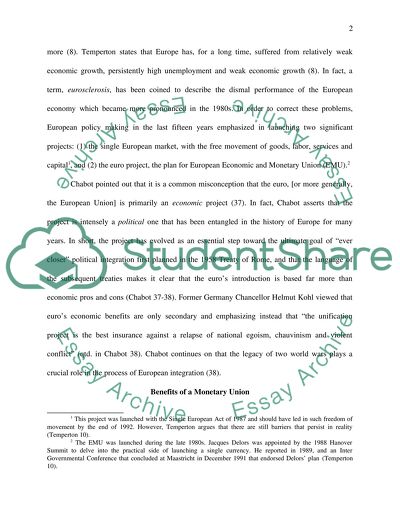Cite this document
(“European Union Essay Example | Topics and Well Written Essays - 3250 words”, n.d.)
Retrieved de https://studentshare.org/finance-accounting/1520610-european-union
Retrieved de https://studentshare.org/finance-accounting/1520610-european-union
(European Union Essay Example | Topics and Well Written Essays - 3250 Words)
https://studentshare.org/finance-accounting/1520610-european-union.
https://studentshare.org/finance-accounting/1520610-european-union.
“European Union Essay Example | Topics and Well Written Essays - 3250 Words”, n.d. https://studentshare.org/finance-accounting/1520610-european-union.


